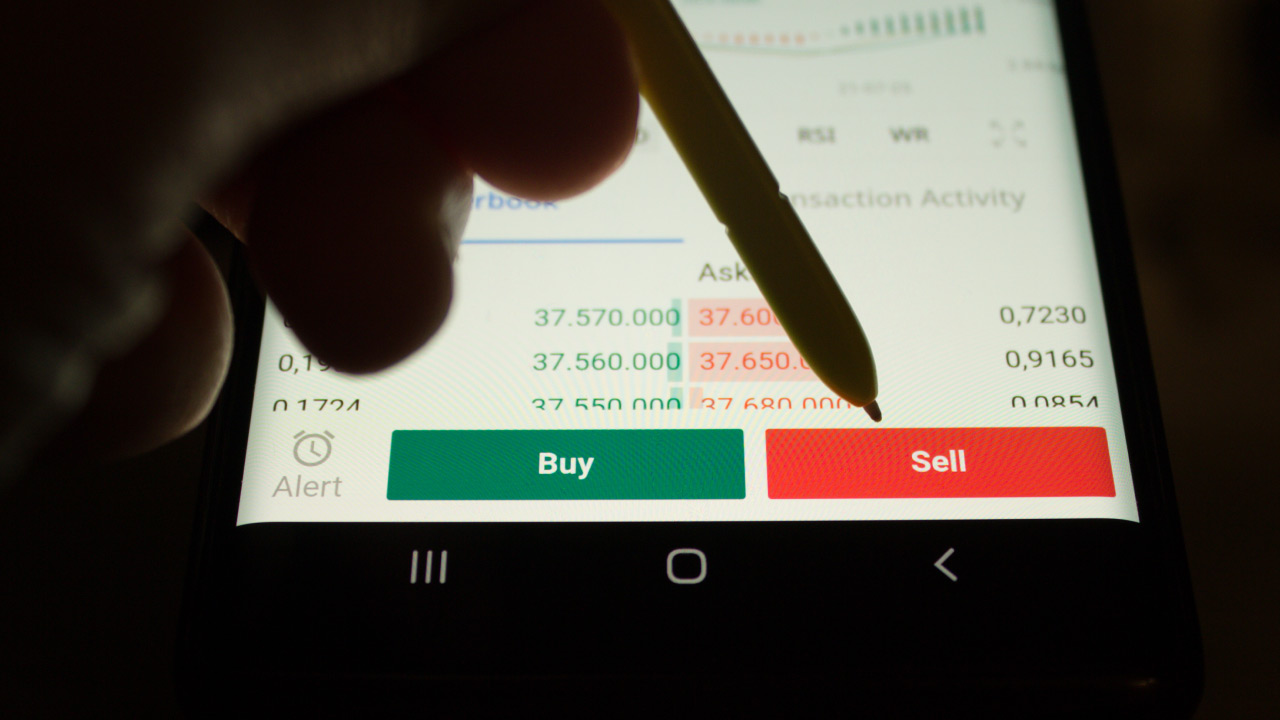Closing a trade in the forex market means ending a position to realize gains or minimize losses. Traders typically close positions when they achieve their gain targets, encounter changes in market conditions, or when their initial analysis proves incorrect.
In this article, we look at how and when to close trades in forex.
Factors to consider while closing a trade
Stop-loss
Setting a stop-loss order is crucial for risk management. Determine a level at which the trader is willing to accept a loss and automatically exit the trade if the market moves against them. This helps prevent significant losses and maintains discipline.
Gain target
Establishing a gain target before entering a trade is essential because when the market reaches this predetermined level, the trader should consider closing the position to lock in gains. It ensures that traders do not get overly greedy and allows traders to capitalize on forex trades.
Market momentum
Analyze the momentum of the market. If the trend is strong and in the trader’s favor, it may be advantageous to let the trade run. Conversely, if momentum is waning or showing signs of a reversal, closing the position to protect gains or limit losses becomes prudent.
Trade volume
Consider the volume of trading activity since low trade volumes may indicate reduced market interest and liquidity, potentially impacting price movements and indicating the right time to close a trade.
News event impact
Stay informed about upcoming economic events and news releases, as unforeseen news can significantly impact currency prices. If a news event is approaching, especially if it can potentially influence the trade, closing the position or adjusting risk exposure might be a wise move.
Failed price swings
Monitor price swings and patterns since if the market fails to follow a certain pattern or price swings do not align with the analysis, it could signal to reconsider the trade. Closing the position in such cases helps avoid potential further losses.
When to close a trade?
Targets are achieved
When a trader establishes specific gain targets based on analysis before entering a trade, closing the position upon reaching or surpassing these levels becomes a fundamental strategy. This approach ensures that gains are protected and prevents greed-driven decisions, promoting consistency in capitalizing on forex trades.
Stop-loss is triggered
Utilizing a stop-loss order as a risk management tool defines the maximum acceptable loss on a trade. If the market moves against the trader, triggering the pre-set stop-loss level automatically closes the trade. This mechanism limits potential losses and maintains a disciplined risk management strategy.
Price reversal
Observing signs of a market reversal contrary to initial expectations prompts the trader to consider closing the trade. Monitoring technical indicators, chart patterns, and overall market sentiment assists in identifying potential reversals. Closing a long (short) order when the market reverses from bullish (bearish) to bearish (bullish) in such instances protects gains and limits losses before the market undergoes an adverse turn.
Overbought/oversold condition
Recognizing overbought (when a currency’s price has risen significantly and may be due for a downward correction based on technical indicators) and oversold (when a currency's price has fallen significantly and may be poised for an upward correction based on technical indicators) conditions, as indicated by technical indicators like the Relative Strength Index (RSI), signals a potential market reversal. If a trade is favorable and such conditions are observed, closing the position may be advisable to take advantage of market dynamics before a correction occurs.
Adverse event occurs
Unforeseen events, such as economic crisis announcements, geopolitical developments, or unexpected market shifts, can impact currency prices negatively. In the event of an adverse occurrence, promptly closing the trade may help mitigate potential losses or protect gains. Staying informed about external factors and being aware of the economic calendar is crucial in such circumstances.
Predefined pip count is reached
Establishing a predefined pip count (the number of price movements in a currency pair, measured as the fourth decimal place, indicating the smallest incremental change in the exchange rate) before entering a trade provides a clear exit strategy. Once the market moves in the trader's favor and reaches the specified pip count, closing the trade is considered. This quantitative approach ensures a systematic and goal-oriented strategy for closing trades.
Close forex trades strategically
Knowing when to close a forex trade allows traders to strategically manage risks, protect gains, and adapt to changing market conditions. This awareness enables disciplined decision-making, preventing emotional reactions and ensuring a systematic approach that maximizes gains while minimizing potential losses.
Disclaimer: All material published on our website is intended for informational purposes only and should not be considered personal advice or recommendation. As margin FX/CFDs are highly leveraged products, your gains and losses are magnified, and you could lose substantially more than your initial deposit. Investing in margin FX/CFDs does not give you any entitlements or rights to the underlying assets (e.g. the right to receive dividend payments). CFDs carry a high risk of investment loss.




